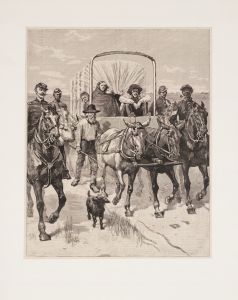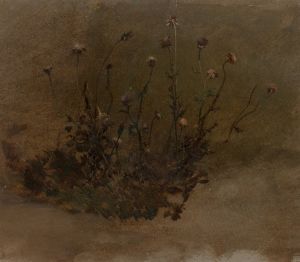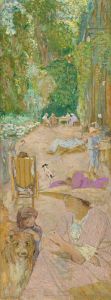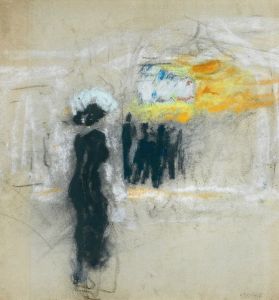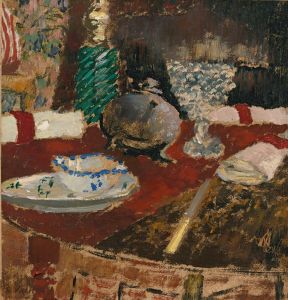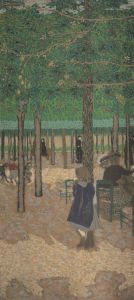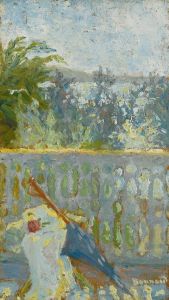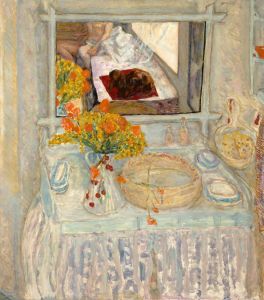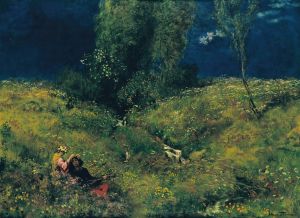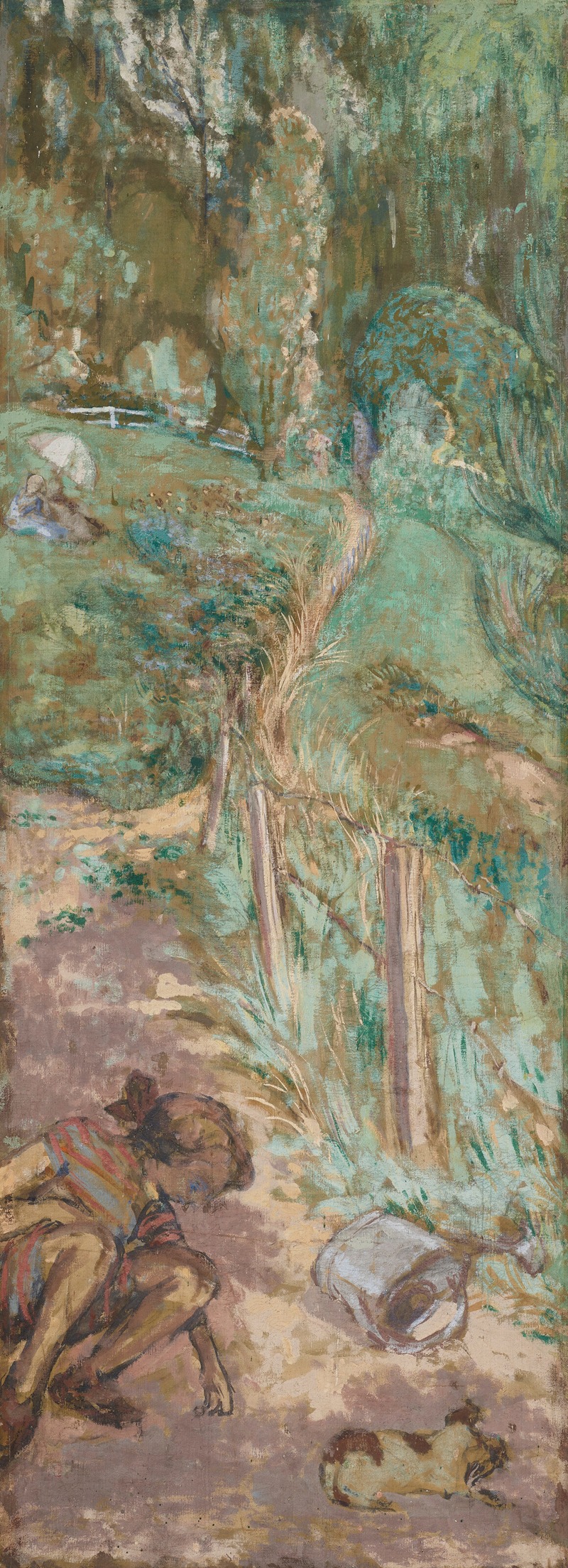
Aux Pavillions à Cricqueboeuf, Le Parc
A hand-painted replica of Édouard Vuillard’s masterpiece Aux Pavillions à Cricqueboeuf, Le Parc, meticulously crafted by professional artists to capture the true essence of the original. Each piece is created with museum-quality canvas and rare mineral pigments, carefully painted by experienced artists with delicate brushstrokes and rich, layered colors to perfectly recreate the texture of the original artwork. Unlike machine-printed reproductions, this hand-painted version brings the painting to life, infused with the artist’s emotions and skill in every stroke. Whether for personal collection or home decoration, it instantly elevates the artistic atmosphere of any space.
Édouard Vuillard, a prominent French painter associated with the Nabi movement, created the painting "Aux Pavillons à Cricqueboeuf, Le Parc" during his prolific career. Vuillard, known for his intimate domestic interiors and subtle use of color and pattern, often drew inspiration from his surroundings and personal experiences. This particular work reflects his keen observation and ability to capture the essence of a place.
"Aux Pavillons à Cricqueboeuf, Le Parc" is a testament to Vuillard's skill in portraying outdoor scenes with the same intimacy and detail as his interior compositions. The painting depicts a park setting in Cricqueboeuf, a small commune in the Normandy region of France. This area was a popular retreat for artists and intellectuals during the late 19th and early 20th centuries, providing a serene environment away from the bustling city life of Paris.
Vuillard's approach to this landscape is characterized by his use of muted colors and a flattened perspective, techniques that were hallmarks of the Nabi movement. The Nabis, a group of avant-garde artists, sought to break away from the traditional representation of subjects, emphasizing instead the emotional and symbolic content of their work. Vuillard's painting reflects these principles, as he focuses on the interplay of light and shadow, the texture of foliage, and the overall atmosphere of the park rather than a realistic depiction of the scene.
The composition of "Aux Pavillons à Cricqueboeuf, Le Parc" is carefully structured, with elements of the natural environment arranged to guide the viewer's eye through the painting. Vuillard's use of pattern and color creates a sense of harmony and balance, inviting the viewer to linger on the details of the scene. The painting's surface is rich with texture, achieved through Vuillard's technique of layering paint and using a variety of brushstrokes to convey the vibrancy of the natural world.
Vuillard's work is often noted for its introspective quality, and "Aux Pavillons à Cricqueboeuf, Le Parc" is no exception. The painting captures a moment of tranquility and reflection, inviting viewers to contemplate the beauty of the natural world and their own place within it. This introspection is a key element of Vuillard's artistic vision, as he sought to evoke a sense of connection between the viewer and the subject.
Throughout his career, Vuillard maintained a close association with other members of the Nabi group, including Pierre Bonnard and Maurice Denis. Their shared interest in exploring new artistic techniques and themes is evident in Vuillard's work, which continues to be celebrated for its innovation and emotional depth.
"Aux Pavillons à Cricqueboeuf, Le Parc" exemplifies Vuillard's mastery of color, composition, and mood, making it a significant piece within his oeuvre. The painting not only reflects the artist's personal style but also serves as a representation of the broader artistic movements of the time. Vuillard's ability to convey the subtleties of human experience through his art ensures that his work remains relevant and appreciated by audiences today.





